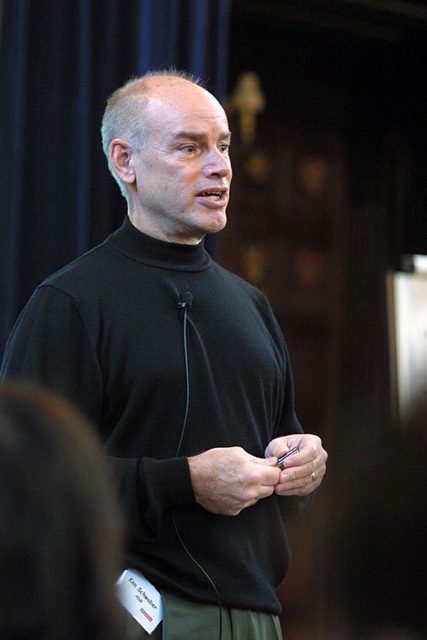
“The main thing that pushed agile and Scrum was that the success rate on traditional projects was terrible; it was 45%. If that was a car-manufacturing place, that would mean you’d throw out every other car you built,” reminisces Ken Schwaber.
We spoke with Schwaber, co-creator of Scrum, as part of SD Times’ retrospective on the Agile Manifesto, which celebrates its 10th anniversary this year.
What’s more, he added, “Our customers didn’t like us, and many people in the profession, particularly women, were leaving it. It was not a good place to be nor was it a successful place to be. So I think anything that offered as vivid successes as agile practices like Scrum was a shoe-in.”
 SD Times: What was your reason for attending the gathering at Snowbird?
SD Times: What was your reason for attending the gathering at Snowbird?
Schwaber: The idea behind it was, “We’ve all been experimenting with different ways of building software generally called lightweight, they were very different, so why don’t we get together and talk about it.” From that, the value statements and all that happened. We were actually kind of surprised that this much came out if it.
What area of development had you been working on, and how did you see it meshing with the other efforts going on at that time? Are you still working to advance that specialty?
I’ve really not had a lot to do with other agile processes. I’ve been fully consumed with helping people use Scrum. Scrum really isn’t a big thing; it’s more helping businesses and their development organizations maximize the value and successes they get from software development. Scrum is just a tool for doing that. It’s my preferred tool, but the real issue over 10 years has been us undoing the damage of waterfall and helping people start using good engineering practices and good tooling, and satisfying their customers.
Looking back, is there anything you would have included or struck from the Manifesto?
No, that would be picky. I think it’s more of an epiphany statement, or a point in time. So it’s like saying this is a whole way of looking at things that’s different. I don’t think we missed anything particularly because it’s a set of values more than anything.
Where do you see agile development moving in the next five years?
What we’re seeing with Scrum and agile is the removal of waste, the close relationship with the business, the optimizing for value, the improvement of the engineering skills to do this… We’re undoing something that was implanted for 20, 25 years in waterfall, and it’s taking us a lot longer to undo it than we thought.
We have vivid examples of success, places where some good progress has been made, but to the degree that it’s made our industry as good as it could be, we have a long way to go. It is a cultural change. One simple cultural change is how to manage teams: Most managers believed the best way to get things done were to have teams do the work managers believe should be done. In a Scrum or agile setting, managers are facilitating and empowering; it is their job to help teams. That subtle shift increases productivity 100%. However, it’s very hard for managers to get over because they’re used to showing value by how commanding they are.





